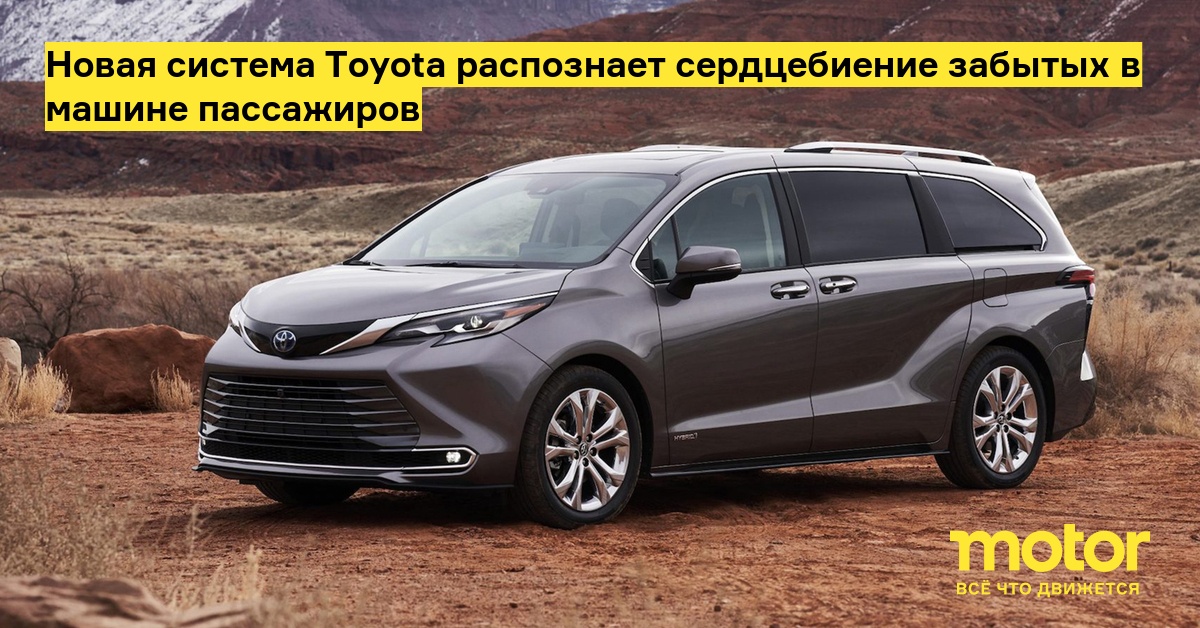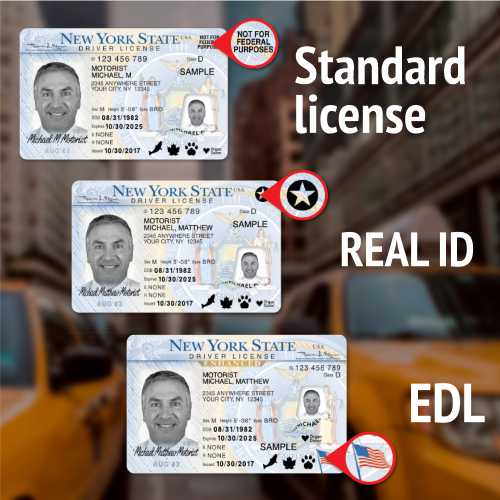
Toyota's new safety technology recognizes passengers by their heartbeat
Content
Toyota is committed to ensuring the safety of life for all occupants of its vehicles and is now introducing technology that remotely detects heartbeats. The Cabin Awareness concept uses millimeter wave radar to detect people and pets in the car and prevent them from being trapped inside the device.
Many new cars on the roads today come with a host of safety features to keep drivers safe on the road. There's lane centering, blind spot monitoring, and rear collision warning, just to name a few. But there is one automotive feature that is invaluable to those who travel with children and pets: rear seat occupancy sensors. Automaker Toyota Connected North America (TCNA), an independent technology hub, unveiled a prototype of its new occupant recognition technology called Cabin Awareness on Tuesday.
How does Cabin Awareness work?
The concept uses a single, high-resolution millimeter-wave radar sourced from Vayyar Imaging to do the heavy lifting. A sensor installed in the headlining is able to pick up the slightest movements inside the cabin, from breathing to heartbeat, which means it can intelligently judge whether there is anything alive in the cabin at any moment.
In theory, leaving people and pets unattended in the back seat is a good thing, but many automakers end up doing it poorly, leading to false positives or not considering pets resting on the floor instead of seats. That's what Toyota wants to change with this new concept of radar-based in-cabin sensors.
Technology that saves lives
The inspiration for the project, in addition to preventing heat stroke in children, was a method used by NASA's Jet Propulsion Laboratory. In 2015, a massive earthquake hit Nepal, leaving several people buried under more than 30 feet of rubble. Rescuers used microwave technology developed by the lab to focus their recovery efforts by detecting breathing and heartbeats, a method similar to Toyota's occupant detection concept.
"NASA's use of radar technology has been inspiring," said Brian Kursar, TCNA's chief technology officer. “The idea that you can listen to your heartbeat with non-contact technology opens up new possibilities to give Toyota the potential to provide a service that will benefit our automotive services development.”
Benefits of using this technology in a car
This method of determining occupancy goes beyond the usual detection methods such as estimating the weight of a seat or using a cabin camera. Modern methods such as these may not recognize a pet hidden in the cargo area or a child sleeping under a blanket, all of which can lead to the child being left unattended in the car and possibly being killed.
Toyota ensures the sensor can detect intruders on board the vehicle
Depending on size, posture, and position, the sensor can also help classify occupants as children or adults, including various types of seat belt reminders, misposition alerts, or airbag deployment optimization in the event of a crash. Toyota doesn't go into details, but says the sensor can also be used to detect intruders.
Notifications via smartphone or smart devices
If the driver of the vehicle leaves and leaves a child or pet behind, the concept can notify a smartphone connected to the vehicle. If the passenger does not have a phone, the vehicle can broadcast the message to smart home devices (such as Google Home or Amazon Alexa). As another safety mechanism, you can notify trusted emergency contacts, such as a family member or neighbor. And, as a last resort, emergency services can be contacted if the vehicle believes a child is in danger.
Now it is important to emphasize that this sensor is just a concept. Toyota says it is currently demonstrating the idea in the real world through its Sienna-based AutonoMaaS program, but that doesn't mean the technology's future is guaranteed. The tests are expected to last until the end of 2022.
**********
:

